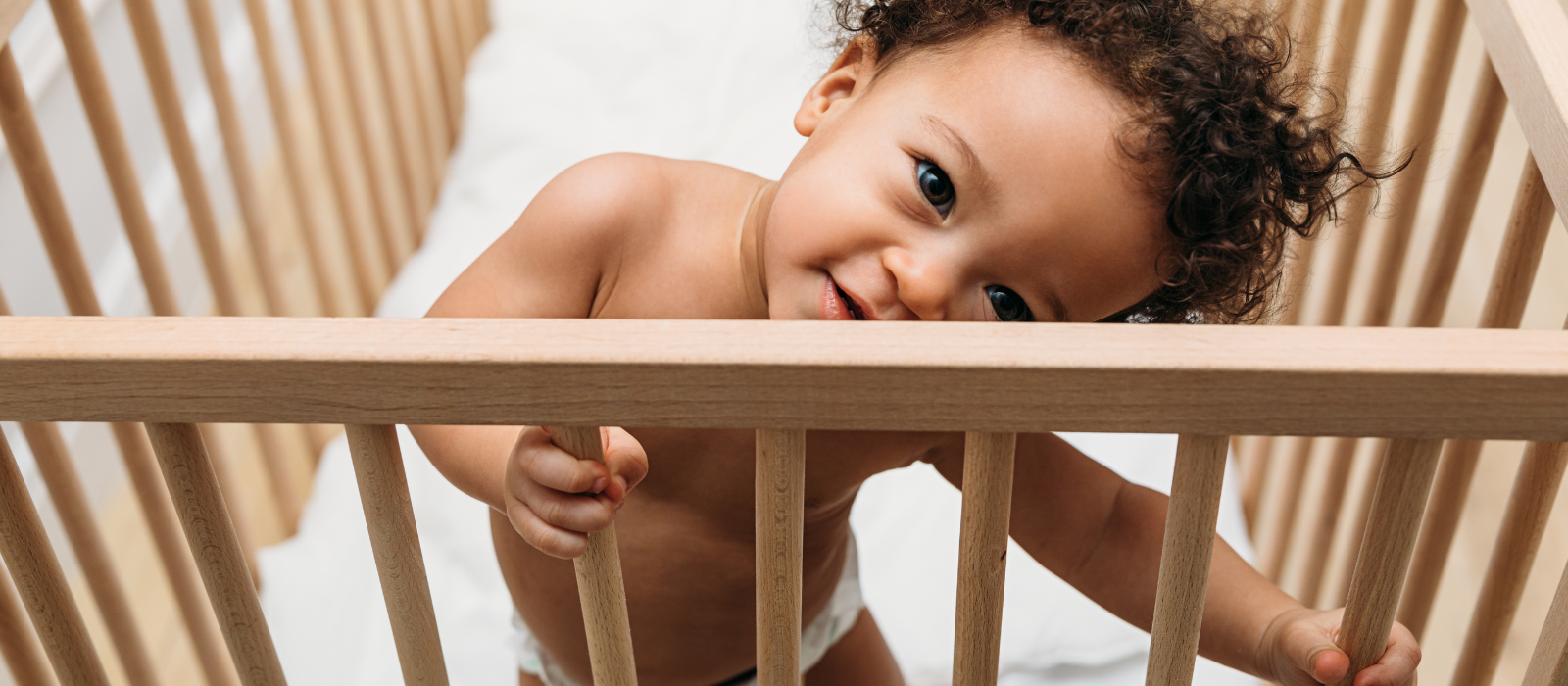
When do babies drop to one nap?
As your little one grows, their sleep needs will evolve. One of the biggest transitions in baby sleep is the shift from two naps to one. This can be an exciting but tricky stage for both parents and babies. If you’re wondering when and how to make this transition smoothly, we’ve got you covered.
When Do Babies Drop to One Nap?
Most babies transition from two naps to one somewhere between 13 and 18 months. However, every baby and situation is different, and some may be ready a bit earlier or later.
Signs Your Baby Is Ready to Drop to One Nap
Rather than focusing solely on age, watch for these signs that your baby is ready to make the transition:
-
Consistently refusing the second nap – Your baby may happily take the morning nap but resist the second nap, even after a full awake window.
-
Taking longer to fall asleep for naps – If your baby takes more than 45 minutes to settle for either nap, it may be a sign they no longer need two.
-
Shorter nap – If the second nap starts getting shorter, it could mean your baby is ready to consolidate their sleep into one longer midday nap, and drop the morning nap altogether.
-
Nighttime sleep disruption – If your baby starts waking more at night or waking earlier in the morning, too much daytime sleep may be the culprit.
-
Happily staying awake for longer periods – If your baby can comfortably stay awake for at least 4–5 hours without becoming overtired, they might be ready to drop to one nap.
How to Transition to One Nap
The transition should be gradual to avoid an overtired baby. Here’s how to do it smoothly:
-
Shorten the morning nap – Gradually shorten your baby’s first nap and see if this improves the next nap. You might need to keep doing this bit by bit to find the balance. Eventually the morning nap will become so short you can do away with it altogether and move the next nap a bit earlier to compensate. Aim for one 2-2.5 hour nap around midday.
-
Offer an earlier bedtime if needed – During the transition, your baby may need to go to bed in the evening 30–60 minutes earlier to prevent overtiredness.
-
Encourage a long nap – Help your baby take a solid 2 hour nap by creating a dark sleep environment and following a consistent nap routine. White noise can be a really helpful tool here.
-
Be flexible – Some days, your baby may still need two naps, especially during growth spurts or if they had a bad night’s sleep.
-
Give it time – The transition can take up to a month as your baby adjusts to their new schedule.
What If My Baby Is Struggling with One Nap?
If your baby is extra fussy, waking frequently at night, or having short naps after switching to one nap, they may not be fully ready, or something may be off with their schedule, the timing of the nap and bedtime. We would recommend following the schedule in our Baby Sleep App to make sure your timings are right.
Feeling confused about your baby's sleep needs?
Let our sleep experts help you every step of the way. Together we can solve your little one's sleep challenges
Choose your Sleep Solution
Final Thoughts
The move to one nap is a significant milestone in your baby’s sleep journey. By watching for signs of readiness and making the transition gradually, you can help your little one adjust smoothly. And remember—every baby is different, so trust your instincts and follow their cues.
Need more help with your baby’s sleep? Our Little Ones Baby Sleep App provides expert guidance, personalized nap schedules, and support from sleep consultants to make these transitions easier. Try it today and help your baby sleep soundly!





